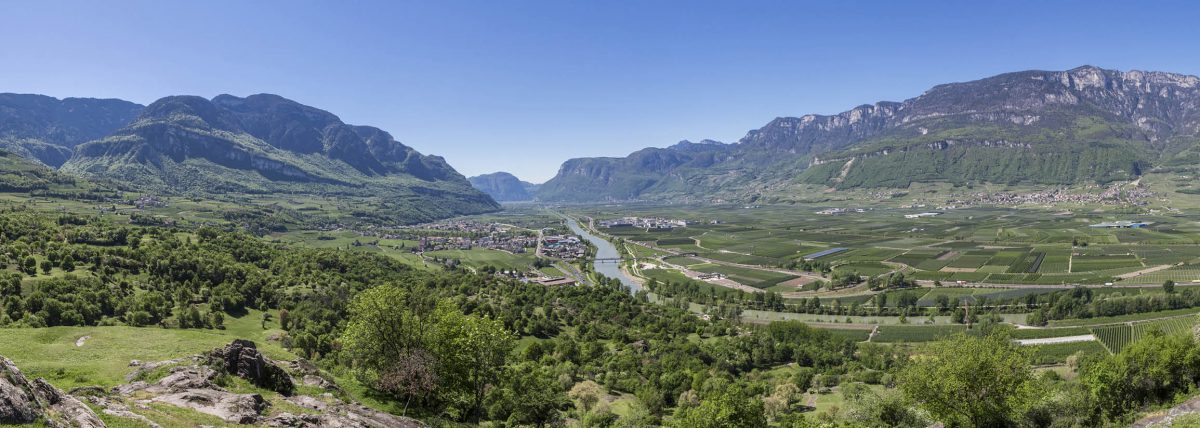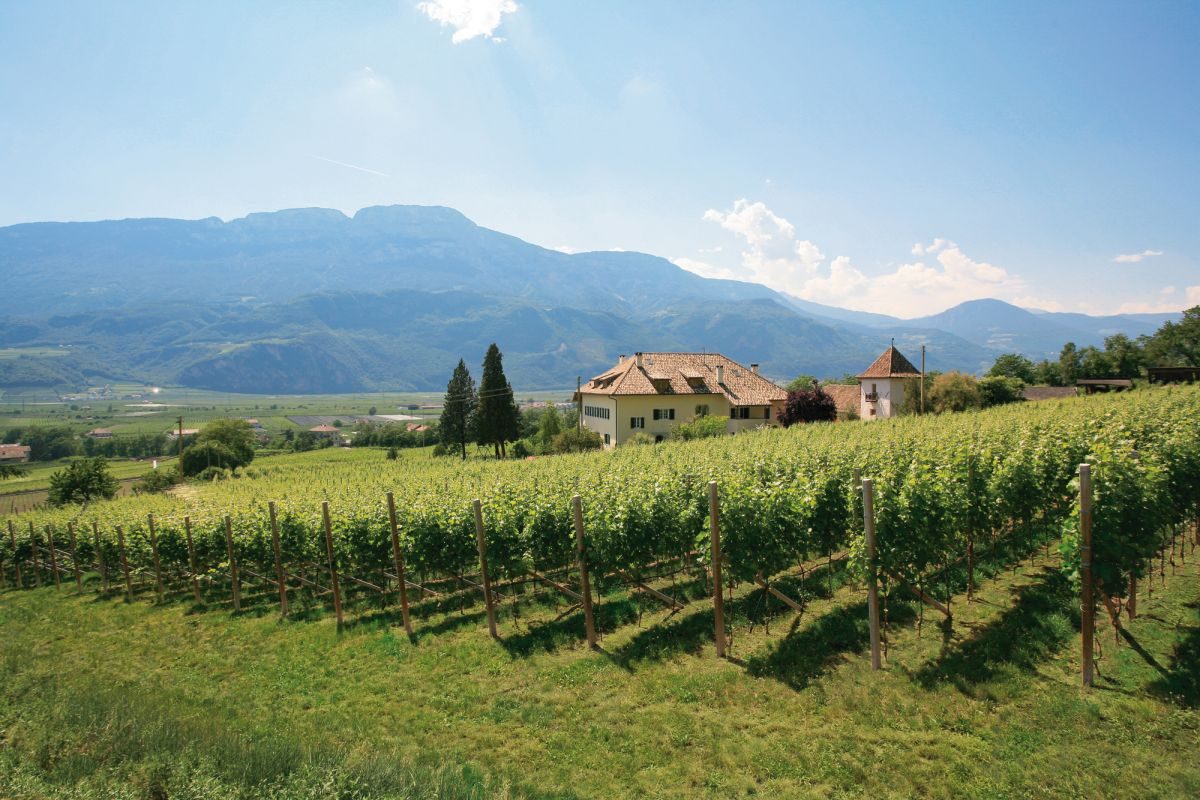How to reach Andriano
Attractions nearby:
– Castle Hocheppan | Appiano
The village of Andriano is one of the smallest independent South Tyrolean municipalities with a population of around 1,000 people and a 490 hectares surface, 50 of which are covered with vineyards. Its red and white coat of arms belonged to a noble lineage in the 13th century, the Lords of Andriano. Archaeological finds prove that the area was once a Roman settlement. The Adige river could be navigated to Andriano, making the village a strategic and economic hub. There are various theories surrounding the origin of the name ‘Andriano’: (Andrien): antraeanum comes from the Latin antrum, meaning ‘a small, round valley’ or ‘a wooded grotto’. Other theories posit that ‘Andrianum’ stemmed from Andrius, a name, or from the Roman estate ‘Praedium Andreanum’.
Andriano was first mentioned in an original parchment from the Stiftarchivs Gries archives in 1186. Further documents from this time also testify to the existence of a ferry across the Adige. The Valle dell’Adige valley was a marshland up until the middle of the 19th century: swamps and waterlogged meadows covered the area and Andriano’s surroundings. The surface was drained after regulating the flow of the river Adige. This enabled a growing use of the land for apple farming and gardening. Viticulture, however, has been carried out since the Romans settled on the dry hills of Rio Gaida. Agriculture and tourism are, today, the two biggest industry branches. Some trade and crafts companies have established themselves, too. Andriano is one of the most beloved villages to live in and travel to not only for its vicinity and good connections to Bolzano, the province’s capital, but also because of its quiet, idyllic location.


